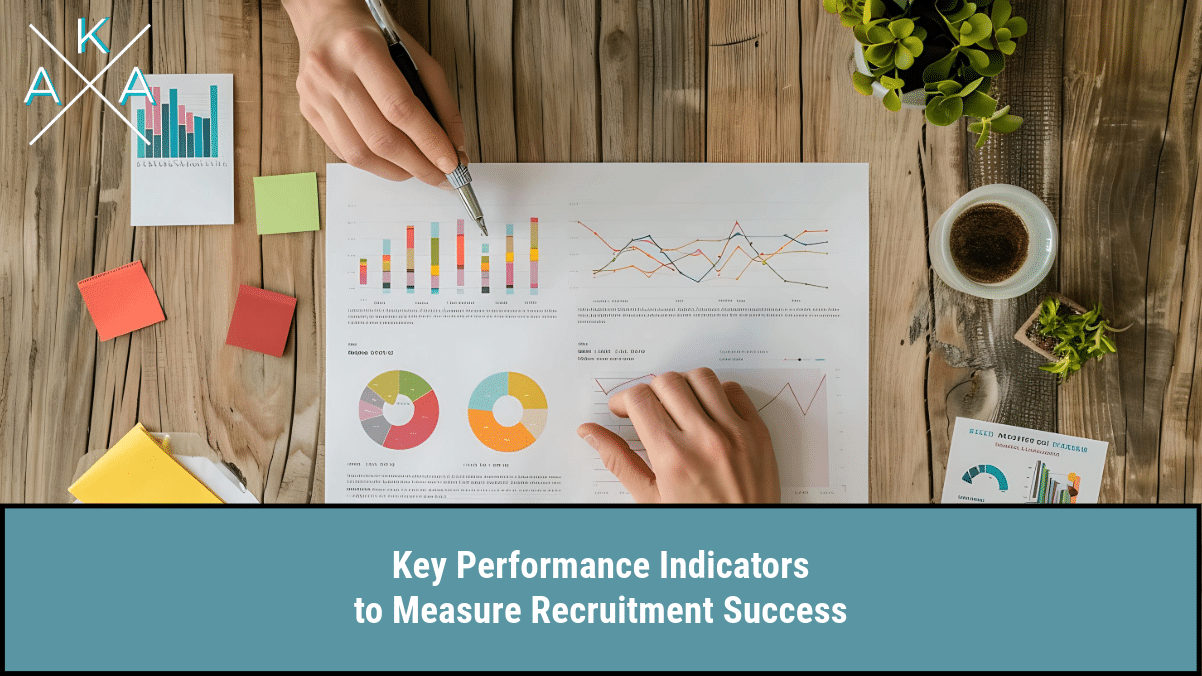Measuring the success of recruitment efforts is essential for any organization. Key Performance Indicators (KPIs) help track and evaluate the effectiveness of recruitment processes. By understanding and monitoring these KPIs, companies can improve their hiring strategies and ensure they are attracting the best talent. This blog will explore four crucial KPIs to measure recruitment success.
Time to Fill
Time to fill is one of the most common KPIs used in recruitment. It measures the number of days it takes to fill a job vacancy, from the initial job posting to the acceptance of an offer by a candidate. This KPI is important because a lengthy hiring process can lead to lost productivity and increased workload for existing employees. By monitoring time to fill, organizations can pinpoint bottlenecks in their recruitment process and implement strategies to streamline it.
Reducing the time to fill can have several benefits. It can improve the candidate experience by minimizing the waiting period, which helps maintain the interest of top talent. Additionally, a shorter time to fill means that critical positions are filled faster, reducing the impact on business operations. Companies can use this KPI to set benchmarks and continuously improve their recruitment timelines.
- Efficiency: A shorter time to fill indicates a more efficient recruitment process.
- Productivity: Faster hiring reduces the workload on existing employees and minimizes productivity loss.
Quality of Hire
Quality of hire measures the performance and retention of new hires. It assesses how well new employees perform in their roles and how long they stay with the company. This KPI is crucial because hiring individuals who are not a good fit for the job can result in high turnover rates and additional costs related to rehiring and training. By tracking the quality of hire, organizations can evaluate the effectiveness of their recruitment strategies and make necessary adjustments.
Several factors can influence the quality of hire, including the accuracy of job descriptions, the effectiveness of the interview process, and the alignment between the candidate’s skills and the job requirements. By analyzing this KPI, companies can identify areas for improvement and ensure they are hiring candidates who are likely to succeed and contribute positively to the organization.
- Performance: Quality of hire measures how well new employees perform in their roles.
- Retention: This KPI helps track the longevity of new hires within the company.
Cost per Hire
Cost per hire is another essential KPI that calculates the total expenses incurred during the recruitment process. This includes advertising costs, recruitment agency fees, background checks, and the time spent by HR professionals on hiring activities. Understanding the cost per hire helps organizations manage their recruitment budget more effectively and identify areas where they can reduce expenses.
By monitoring cost per hire, companies can evaluate the return on investment (ROI) of their recruitment efforts. This KPI can also highlight the efficiency of different recruitment channels. For example, if hiring through an employee referral program costs less than using a recruitment agency while providing high-quality candidates, the company may choose to invest more in the referral program. Analyzing cost per hire helps organizations allocate resources more strategically.
- Budget: Cost per hire helps manage recruitment expenses effectively.
- ROI: This KPI evaluates the return on investment of different recruitment channels.
Candidate Satisfaction
Candidate satisfaction measures how candidates perceive the recruitment process. This KPI is vital because a positive candidate experience can enhance the company’s reputation and attract top talent. Conversely, a negative experience can deter potential candidates and harm the employer brand. Gathering feedback from candidates, regardless of whether they were hired, can provide valuable insights into areas that need improvement.
Improving candidate satisfaction involves several factors, such as clear communication, a streamlined application process, and timely feedback. By focusing on this KPI, organizations can create a more engaging and respectful recruitment experience. Satisfied candidates are more likely to speak positively about the company, even if they were not offered the job, which can enhance the organization’s reputation in the job market.
- Experience: Candidate satisfaction measures how candidates perceive the recruitment process.
- Reputation: A positive candidate experience enhances the company’s reputation and employer brand.
Conclusion
In conclusion, measuring recruitment success through KPIs like time to fill, quality of hire, cost per hire, and candidate satisfaction is essential for optimizing hiring processes. These KPIs provide valuable insights that help organizations improve efficiency, manage costs, ensure they are hiring high-quality candidates, and maintain a positive reputation among job seekers. By regularly monitoring and analyzing these KPIs, companies can make informed decisions that enhance their recruitment strategies and contribute to long-term success.
- Check out our “The Power of Continuous Learning and Development in Recruitment” blog for more information on improving recruitment and fostering employee growth.


